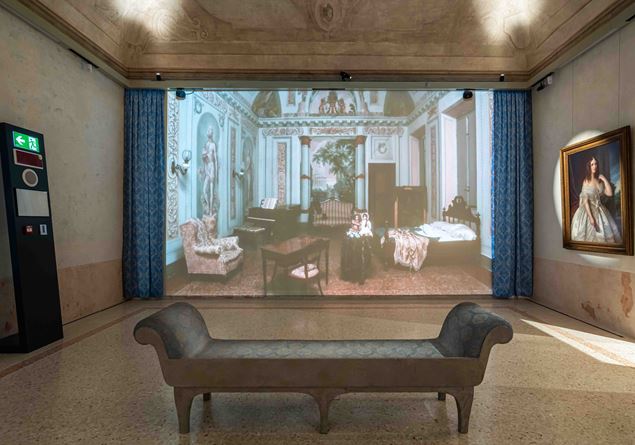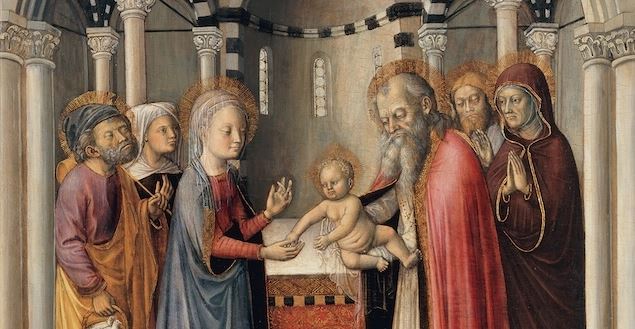
Ravenna, Byron Museum – ph. Emanuele Rambaldi, Castrocaro, 2024
The new is a perfect combination of tradition and multimedia Byron and Risorgimento Museum open to the public from November 29th in Ravenna in the historic Palazzo Guiccioli. A cultural offer that enriches the already extensive one of a city that for those who don’t know is not only the cradle of civilization that created the most beautiful mosaics in the world but, many centuries later, also preserved the poetic and patriotic impulses that swept through all of Europe . It is no coincidence that he is the romantic hero par excellence Lord George Byron not only the young Teresa Gamba married Guiccioli lived, wrote and loved here, but also our country and its revolutionaries.
The Guiccioli palace, completely restored, thanks to the initiative of the Cassa di Risparmio di Ravenna Foundationthus hosts a museum complex (two floors of 2220 square meters and twenty-four rooms) which celebrates the great poet precisely where he was a guest between 1819 and 1821, occupying a floor of the palace of Count Guiccioli (with his daughter Allegra, the servants, six cats, two dogs, a badger, a hawk, a tame crow and a monkey).
Lord Byron, who had a life characterized by libertinism and unbridledness, encountered a more mature phase in both the professional and relational fields in Ravanne. At Palazzo Guccioli he fell in love with a woman for the first time, forced into a marriage of convenience, he wrote part of his masterpiece Don Juan and supported the Risorgimento conspiracy in the name of his ideology which exalted the freedom of peoples. Ideology that led him to die at just 36 years old in Greece in Missolunghi 200 years ago.
Thanks to titanic restoration work thus the rooms where Byron loved and wrote come back to life, while theexperience interactive and intermedial designed by Studio Azzurro transports visitors to the nineteenth century. Scenes from the era are projected onto the walls which tell of the meeting in Venice between Lord Byron and Teresa and again thanks to multimedia techniques it is possible to listen to the reading, of your choice, of passages from his works dedicated to Italy or see the reproduction on ancient European maps of the itinerary of his travels. On the noticeboards there are numerous memorabilia, such as the memories kept by Teresa (the sentimental jewels, the curls of hair, a fragment of Lord’s skin after a swim under the summer sun, the basket in which to keep his letters, the “vegetable” souvenirs of the pilgrimages to England). The paintings on the walls tell a lot about him and the success he already had among his contemporaries when a real “Byronmania” invaded Europe, celebrating a myth that lasts to the present day. Palazzo Guiccioli is thus starting to become a destination full of historical and literary memories, a place to hold conferences and from which to draw inspiration, as well as the headquarters of the Italian Byron Society.
Ravenna, Risorgimento Museum, Frame by Studio Azzurro, 2024
Byron’s interest in the Carbonari was born by chance, it is said that during his rides in the pine forest he met people who introduced themselves as “Americans”. They were nothing else, he himself discovered, than conspirators fighting to unite Italy. And this is why it is natural that the rooms dedicated to Byron continue to be ideally linked to those of Museum of the Risorgimentoan era that intertwined national and local history in Ravenna. The itinerary opens with the Napoleonic age and continues up to Unification, ending with a section dedicated to myth of Giuseppe Garibaldi and his wife Anitawho died in these lands.
The objects on display – more than 450 paintings, sculptures, photographs, weapons and uniforms, medals, not to mention correspondence, edicts, posters… – are those of the Risorgimento collections owned by the Municipality of Ravenna, including the Guerrini collection and coming from the Classense Library, and the collections on Garibaldi of Spadolini Foundation New Anthology and from Bettino Craxi Foundationgranted on deposit to the Cassa di Risparmio di Ravenna Foundation.
Palazzo Guiccioli, in the most recent wing of the palace, also includes the Doll Museum – Graziella Gardini Pasini Collection (for years president of the Academy of Fine Arts), and offers an opportunity to reread a century and a half of history through the lens of childhood and its games, from the early nineteenth century to the fifties of the twentieth century. The collection is also enriched by donations, and has more than two thousand specimens, in the most varied materials – porcelain, fabric, celluloid, cloth, papier-mâché – and by well-known signatures; there is no shortage of wardrobes, furnishings, accessories, sections dedicated to school and baby supplies and a rich library.
For information and reservations regarding the entire museum area: https://www.palazzoguiccioli.it/







